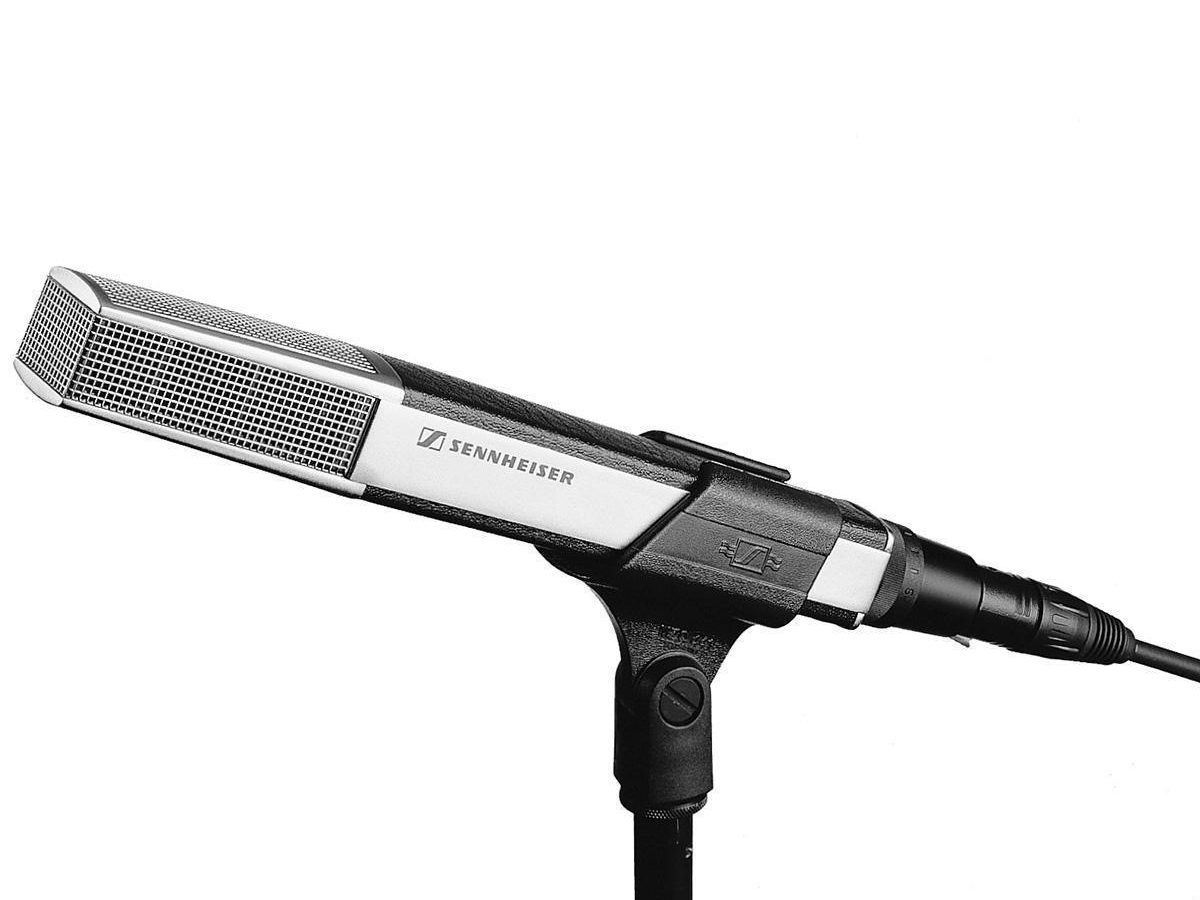- in Gear , Microphones , Production by Bobby Owsinski
10 Currently-Made Microphones That Haven’t Changed In Really Long Time

My buddy Otis Thick reminded me of a post that I wrote a couple of years ago that I thought I’d revisit with an updated spin. It’s based on an excellent article on the Sweetwater blog about 10 music products that haven’t changed in a long time, and it got me to thinking about the currently-made microphones that haven’t changed in at least 20 years. Here we go.
Shure SM57 – Introduced in 1965, it’s been a “must have” in studio microphone lockers since. Super rugged and able to take high SPL, that’s why you’ve always seen it on snare drums and guitar amps, and you’ll probably continue to see it there for a long time to come. Many have tried to come up with a replacement, none have succeeded yet.
Shure SM58 – Introduced in 1966, the venerable 58 was originally designed as studio microphone (that’s what the SM stands for – “Studio Microphone”), but was quickly adapted as the standard sound reinforcement vocal mic. Once again, there have been many contenders for that position through the years, but engineers keep on coming back to the good old 58.
Shure SM7B – An “SM57 on steroids,” the SM7 was introduced in 1976. It did receive a bigger humbucking coil in 1999 (SM7A), and a larger windscreen in 2001 (SM7B), but the basic mic has a been a standard in broadcast, an excellent scratch vocal mic, and the favorite vocal mic of Michael Jackson. It’s also the one I’ve used for the 350+ episodes of my podcast.
Sennheiser 441 (seen above) – Introduced in 1971, I don’t think there’s a dynamic mic with a tighter pattern. I still haven’t found anything better as an under-snare mic. Too bad it’s so expensive, or every studio would have one.
Electro-Voice RE20 – Introduced in 1968, the RE20 reduced proximity effect by incorporating a technique known as Variable-D. It’s still big in broadcast, but you’ll also find it used on kick and even vocals in studios today. What makes it unique is that it’s a large diaphragm dynamic mic, has a very wide frequency range, and very low proximity effect. E/V has since come out with a version with a higher output (the RE27N/D) and a cheaper version designed for kick drum (RE320), but the good old RE20 keeps rolling along.
Royer R-121 – Now more than 20 years old (boy, time flies), one has to remember that there just weren’t any new ribbon mics being made until the release of the R-121. There are now different variations, but the standard R-121 will be found on electric guitars and horns on most major recording sessions these days. It’s hard to become a standard, but the R-121 has managed to do it.
Sony C800G – Released in 1992, it took a long time for it to happen, but the C800 eventually became the standard for vocal recording for pop and rap. Outrageously expensive at over $10k for a new one, it’s only been recently when some clones have seeped into the marketplace. I was actually surprised that this one remained on the list of currently-made microphones.
Sennheiser MKH416 – Although you don’t see a 416 used much in the studio (I’ve used as a snare mic on occasion, but positioned over the drummer’s head), it’s been a standard dialog recording in television and movies for a long time. It’s still the one that everyone compares to.
Audio Technica AT4033 – The first condenser mic under $1,000, the 4033 was a game changer when it was introduced in 1992. It’s been slightly upgraded over the years, but the sound hasn’t changed much. Still an excellent starter mic for small studios.
Beyer M160 – Introduced in 1952, the M160 is an unusual ribbon mic in that it uses two ribbons to get a hypercardioid pickup pattern. It was also a standard piece of kit for all the “classic” engineers, and all over some of the greatest rock albums of the 60’s and 70’s.
Then There’s These Mic Accessories
Atlas Sound MS10C straight stand – This is the standard mic stand that you’ve seen everywhere for almost forever. If you need something really basic to hold up your mic, it’s hard to find anything better (although you can find cheaper).
K&M 210/9 Boom Stand – Atlas made a boom stand, but frankly it was crap. K&M came along and changed not only the boom, but made the stand much more portable as well. This is the studio standard that all others try to emulate.
It’s nice to know that some products are made so well and they stand the test of time and these 10 currently-made microphones are great examples. Can you think of any others?
You can read more from The Recording Engineer’s Handbook and my other books on the excerpt section of bobbyowsinski.com.

